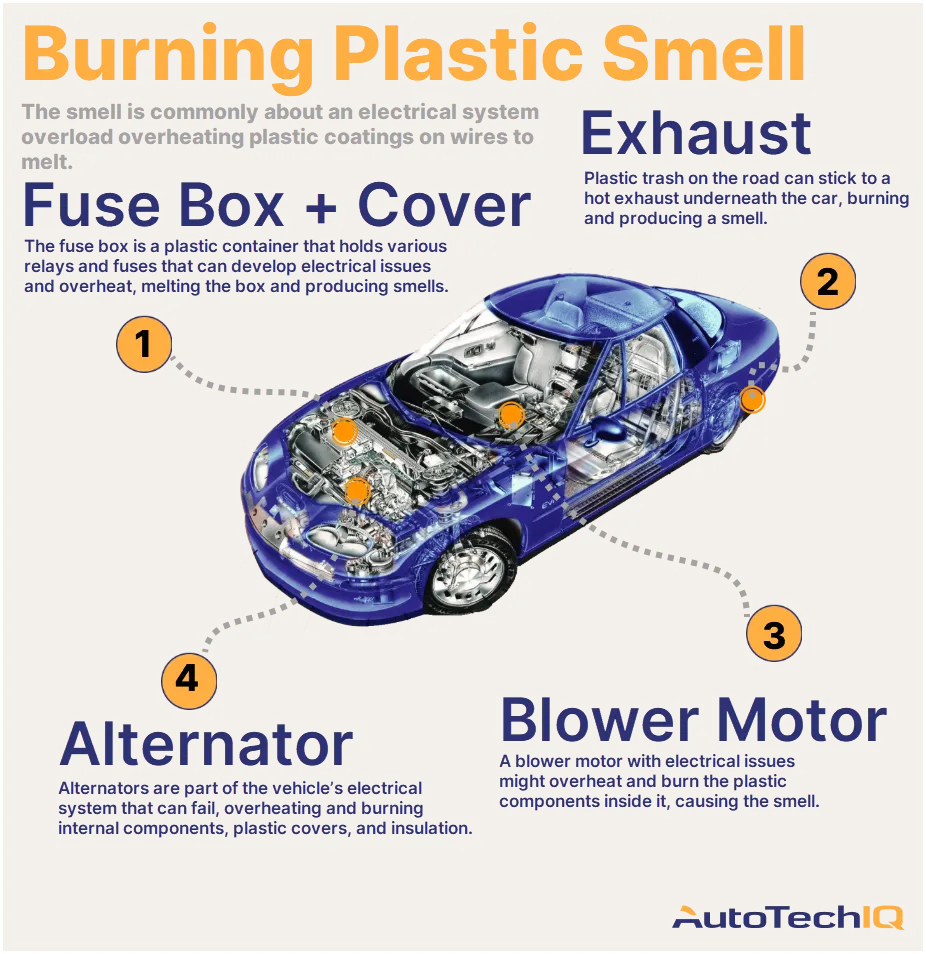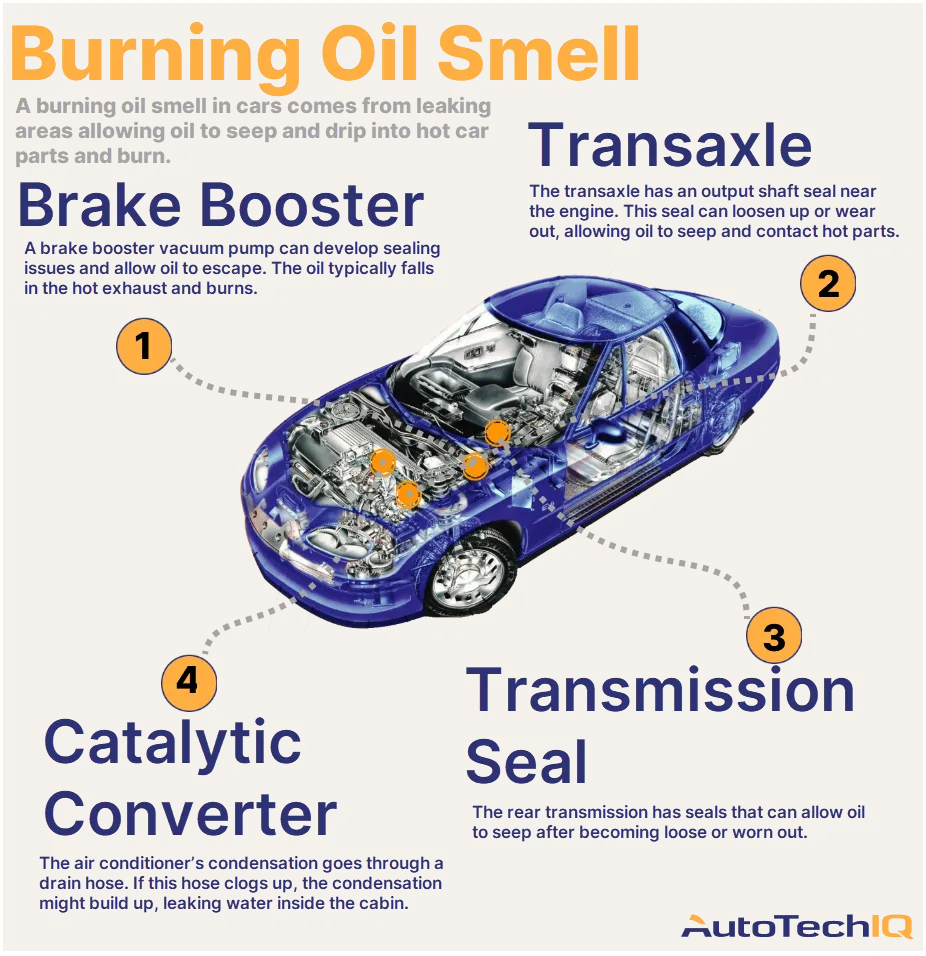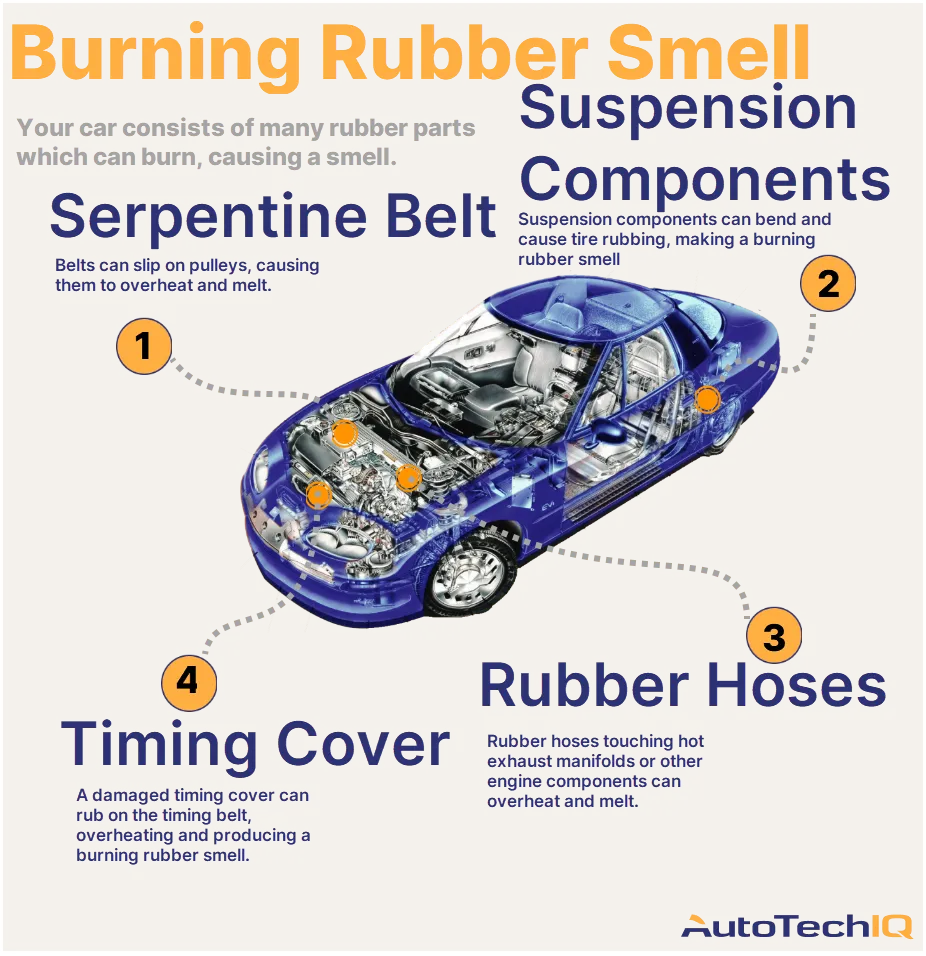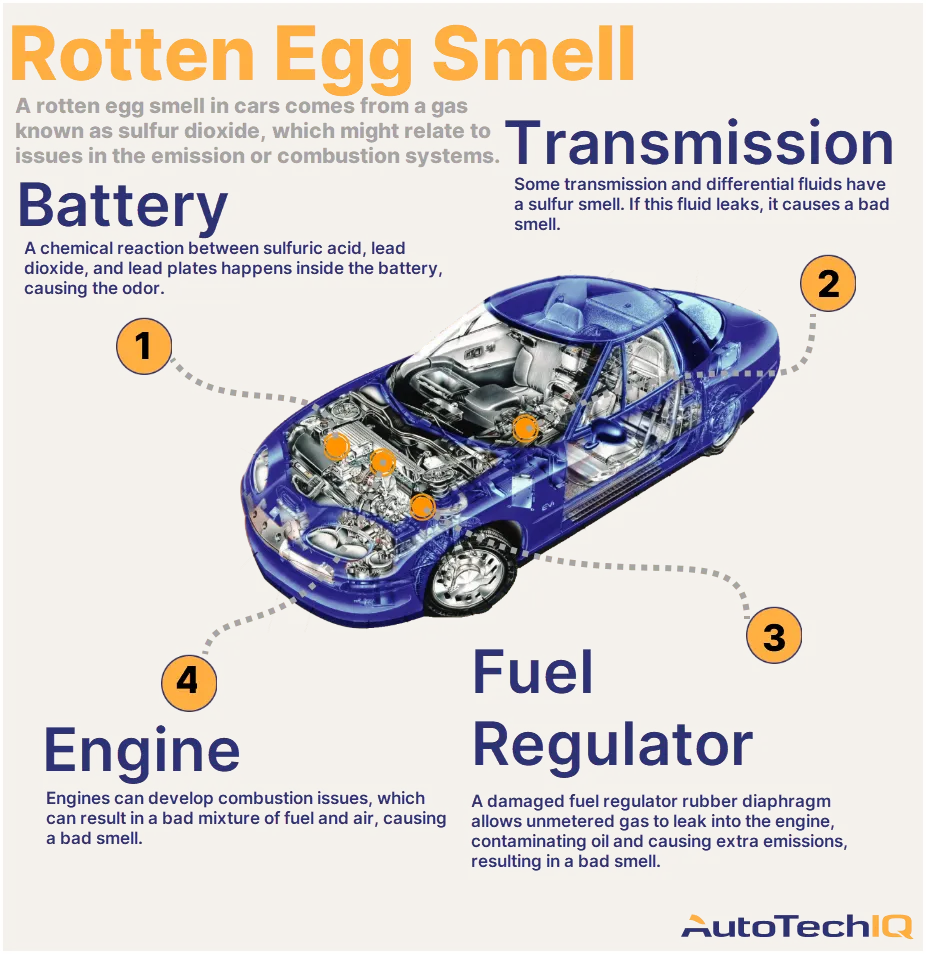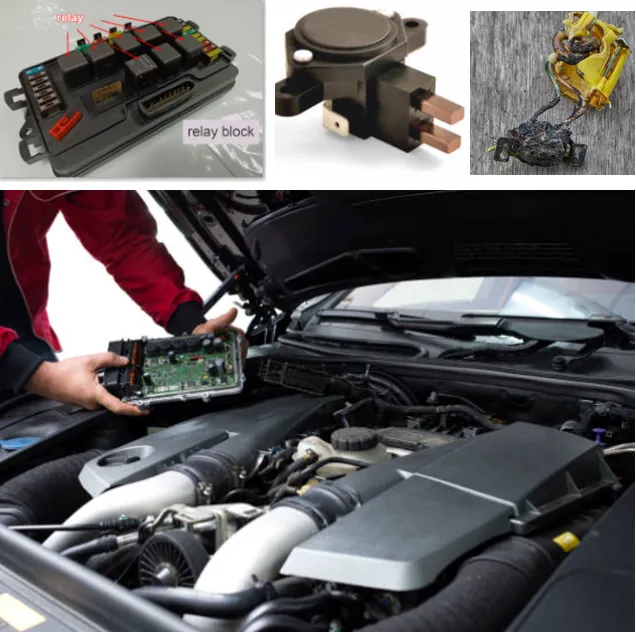
The relay in a car is an electromechanical device that allows you to close or open an electrical circuit with high currents.
It helps the driver, as well as through control units and in automatic mode, to turn on and off electrical devices in the car. For example, when the driver presses a button on the dashboard or uses a steering wheel switch, various functions in the car like windshield wipers, air conditioning, headlights, seat or rear window heaters, cabin heating, or window lifts start operating.
In modern cars, a fairly large number of relays are used. To more quickly identify vehicle malfunctions, car manufacturers group relays into assembly blocks. Often, if something stops working, like the radiator fan, it means that either the fan itself, the wiring, the control unit, the relay, or the fuse has failed. In this case, we recommend immediately going to a trusted, certified center to a technician who specializes in automotive electrical systems for diagnostic tests. Doing so will save you both time and money, as it's not possible to identify the malfunction of a non-working fan or other electrical equipment in the car without specialized training and knowledge. Even the simplest tasks can be very difficult, like identifying the location of the assembly block and the specific relay responsible for the function of an electrical device.
During diagnostics, if the technician finds that the relay is indeed not working, a simple replacement is usually made. Relays are generally not repaired, as the contacts tend to oxidize and deform due to heating. An exception might be the starter relay; usually, the contacts in this relay just oxidize and cleaning them can restore functionality. Relay replacements should be done with the car's battery disconnected.
A malfunctioning relay can lead to an electrical circuit either disconnecting—resulting in, for example, the engine failing to start—or short-circuiting, in which case you might not be able to turn off the headlights. Our advice in such situations is to disconnect the battery to avoid full discharge and reconnect it only so that you can drive to a repair shop.


